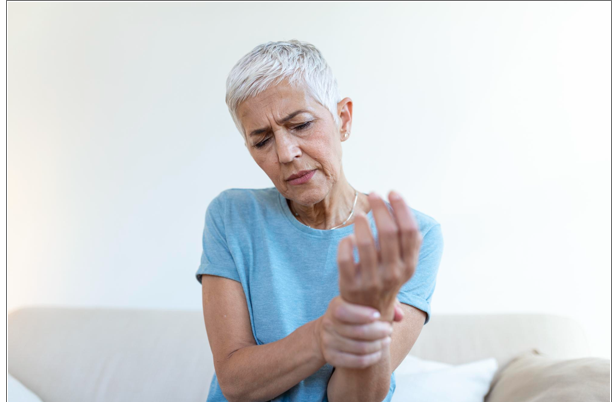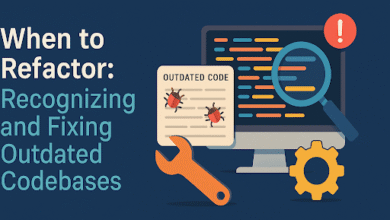How Rehabilitation Helps Nerve Palsy in Patients Heal

Nerve palsy can significantly affect hand function, mobility, and overall quality of life. When nerves become damaged due to injury, compression, or medical conditions, patients may experience weakness, loss of movement, or even paralysis in the affected area. While surgery and medical treatment play a vital role in managing nerve damage, rehabilitation is equally important for long-term recovery.
For patients dealing with nerve palsy in Hatfield, working with an experienced London hand specialist often includes a carefully designed rehabilitation program. This program focuses on restoring strength, flexibility, and coordination while helping patients adapt to daily activities during the healing process.
Understanding Nerve Palsy
What is Nerve Palsy?
Nerve palsy refers to the loss of nerve function, leading to impaired muscle activity and reduced sensation in the affected area. It can occur due to traumatic injuries, repetitive strain, fractures, or medical conditions such as diabetes.
Types of Nerve Palsy Affecting the Hand

- Radial nerve palsy: Often causes wrist drop, where patients cannot lift the wrist or fingers.
- Ulnar nerve palsy: Affects grip strength and fine motor skills, leading to difficulties with holding objects.
- Median nerve palsy: Impacts thumb movement, often making tasks such as writing or buttoning clothes challenging.
Each type of nerve palsy requires a tailored rehabilitation approach to restore function effectively.
The Role of Rehabilitation in Healing
Encouraging Nerve Regeneration
Nerves can heal slowly, and rehabilitation plays an active role in stimulating recovery. Through targeted exercises, therapists help improve circulation, reduce stiffness, and encourage the regrowth of nerve fibres.
Restoring Muscle Strength
When nerves are damaged, muscles often weaken due to lack of stimulation. Rehabilitation helps strengthen these muscles gradually, preventing atrophy and promoting function.
Improving Coordination and Flexibility
Hand rehabilitation includes exercises to restore dexterity, allowing patients to perform everyday activities like typing, cooking, and dressing with greater ease.
Supporting Emotional Well-Being
Living with nerve palsy can be frustrating. Rehabilitation provides not only physical improvement but also psychological support, helping patients regain confidence and independence.
Common Rehabilitation Methods for Nerve Palsy
Physical Therapy

Physical therapists use targeted exercises to build muscle strength, maintain range of motion, and retrain nerve pathways. These activities are tailored to each patient’s condition and recovery stage.
Occupational Therapy
Occupational therapists focus on practical skills, teaching patients how to adapt their daily routines. This might include learning new ways to grip objects, using assistive devices, or developing strategies for household tasks.
Splinting and Bracing
Splints or braces may be used to support weakened muscles, prevent deformities, and improve hand positioning. These tools are often temporary but can make a big difference during recovery.
Sensory Re-education
When sensation is reduced, therapists may use techniques to help patients retrain their nerves to recognise textures, temperatures, and vibrations, restoring sensory awareness.
Nerve Stimulation
In some cases, electrical stimulation may be used to activate weak muscles, encouraging nerve communication and improving function over time.
Why Specialist Care Matters
Expertise of a London Hand Specialist
A London hand specialist has the training and experience to diagnose different types of nerve palsy accurately and recommend personalised treatment. They work closely with physiotherapists and occupational therapists to create rehabilitation plans tailored to each patient’s needs.
Early Intervention is Key
Delaying treatment can lead to permanent stiffness, muscle wasting, or reduced mobility. Seeking specialist care early ensures the best possible recovery outcomes.
Rehabilitation Timeline and Expectations
Early Phase
In the initial weeks after nerve injury or surgery, the focus is on reducing swelling, preventing stiffness, and protecting the affected hand with splints or braces.
Middle Phase
As healing progresses, patients begin strengthening exercises, stretching, and nerve re-education activities to improve hand coordination.
Long-Term Phase
In the later stages, therapy focuses on restoring fine motor skills and ensuring patients can return to work, hobbies, and daily routines confidently.
Recovery timelines vary depending on the severity of the nerve damage, but with consistent rehabilitation, many patients regain significant function over time.
Lifestyle Habits That Support Recovery
Stay Active Within Limits
Gentle activity helps maintain circulation and flexibility. Patients should avoid overexertion but continue with approved exercises.
Maintain Good Nutrition
A balanced diet rich in vitamins and minerals supports nerve healing. Nutrients such as vitamin B12, vitamin D, and omega-3 fatty acids play an important role in nerve health.
Manage Underlying Health Conditions
Conditions like diabetes can slow nerve recovery. Proper management of blood sugar and overall health helps improve rehabilitation outcomes.
Stay Patient and Consistent
Nerve healing is gradual and can take months or even years. Consistency in following rehabilitation plans is essential for progress.
Final Thoughts
Rehabilitation is a vital part of recovery for anyone experiencing nerve palsy in Hatfield. From physical therapy and occupational adjustments to specialist interventions, a structured rehabilitation plan helps restore strength, flexibility, and independence. Working with a London hand specialist ensures patients receive the right guidance at every stage of healing.
While recovery may take time, the combination of medical treatment, rehabilitation, and lifestyle adjustments allows many patients to regain hand function and improve their quality of life.



